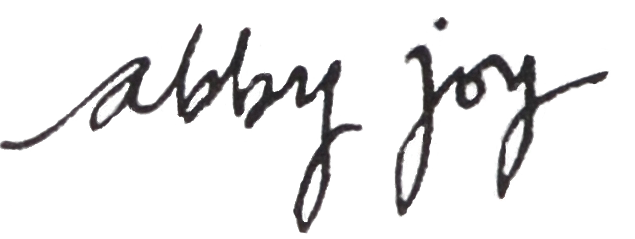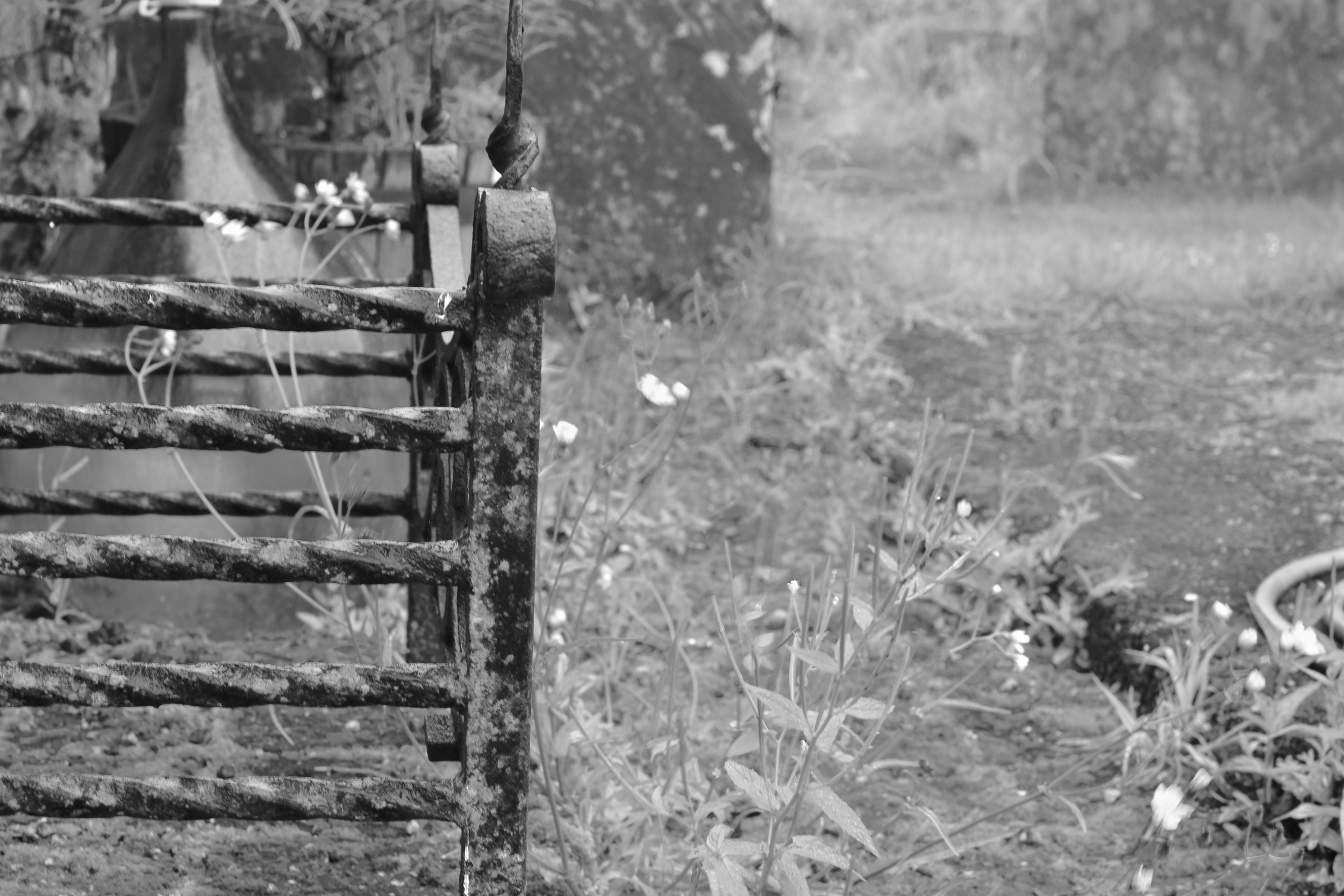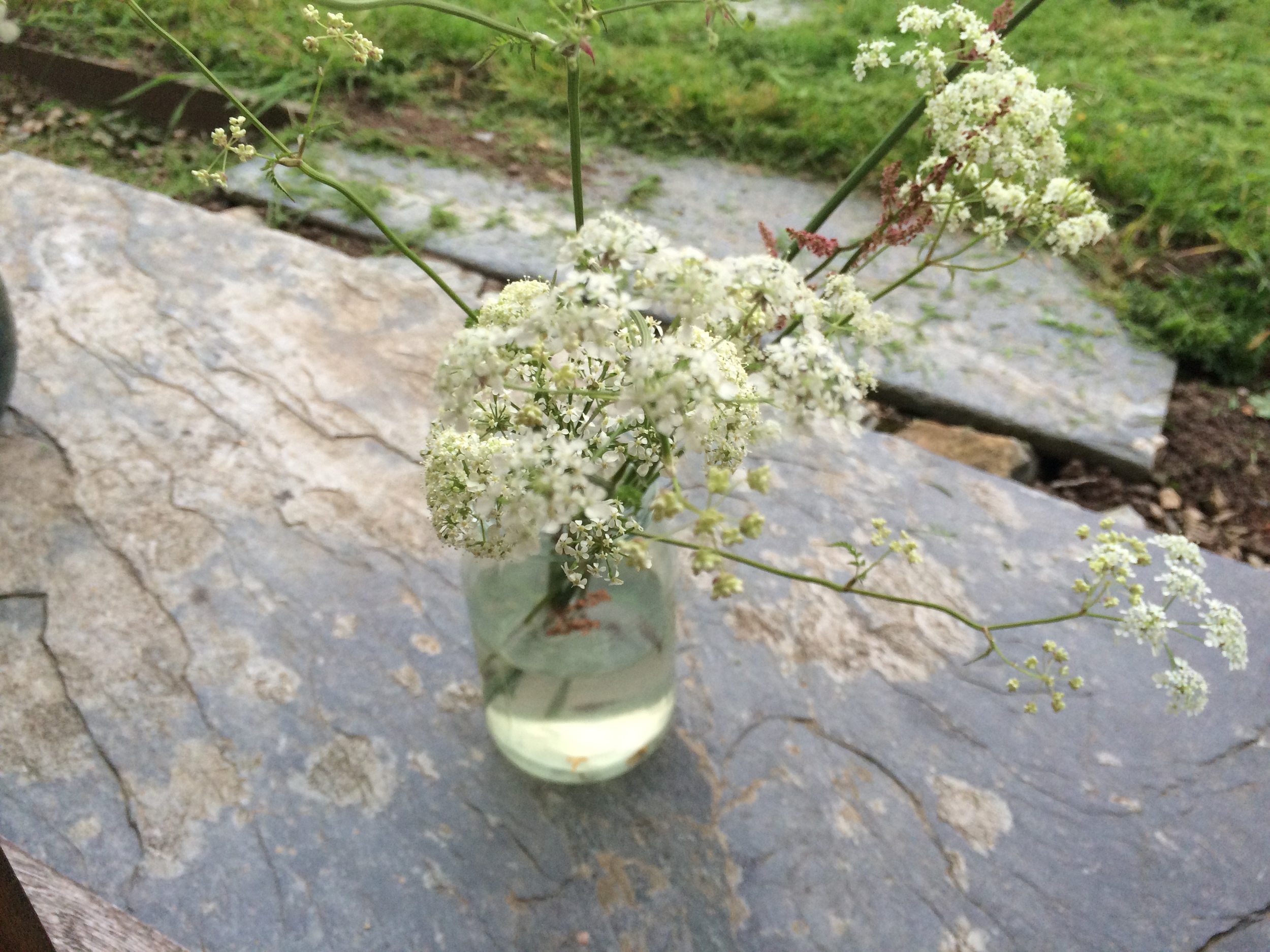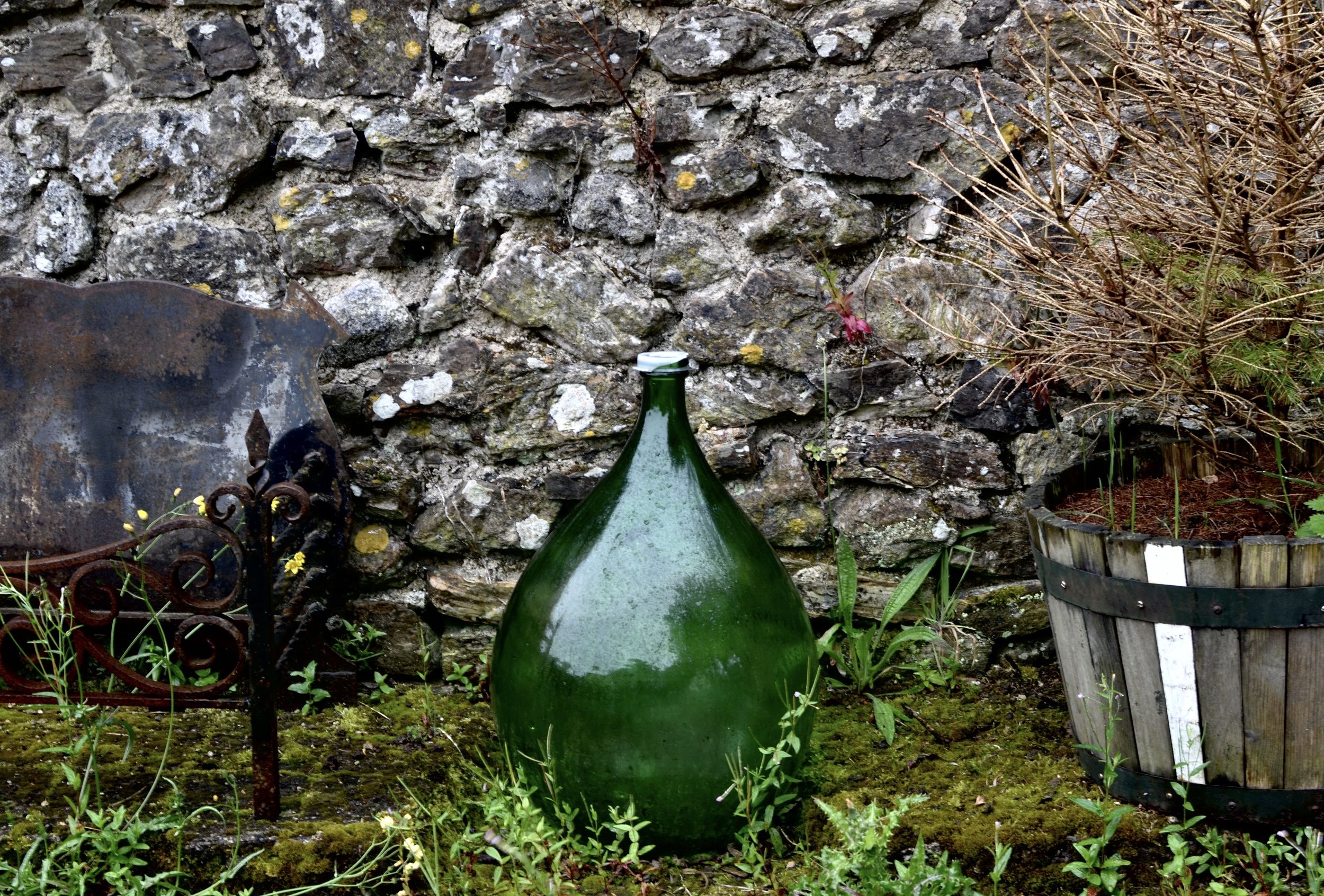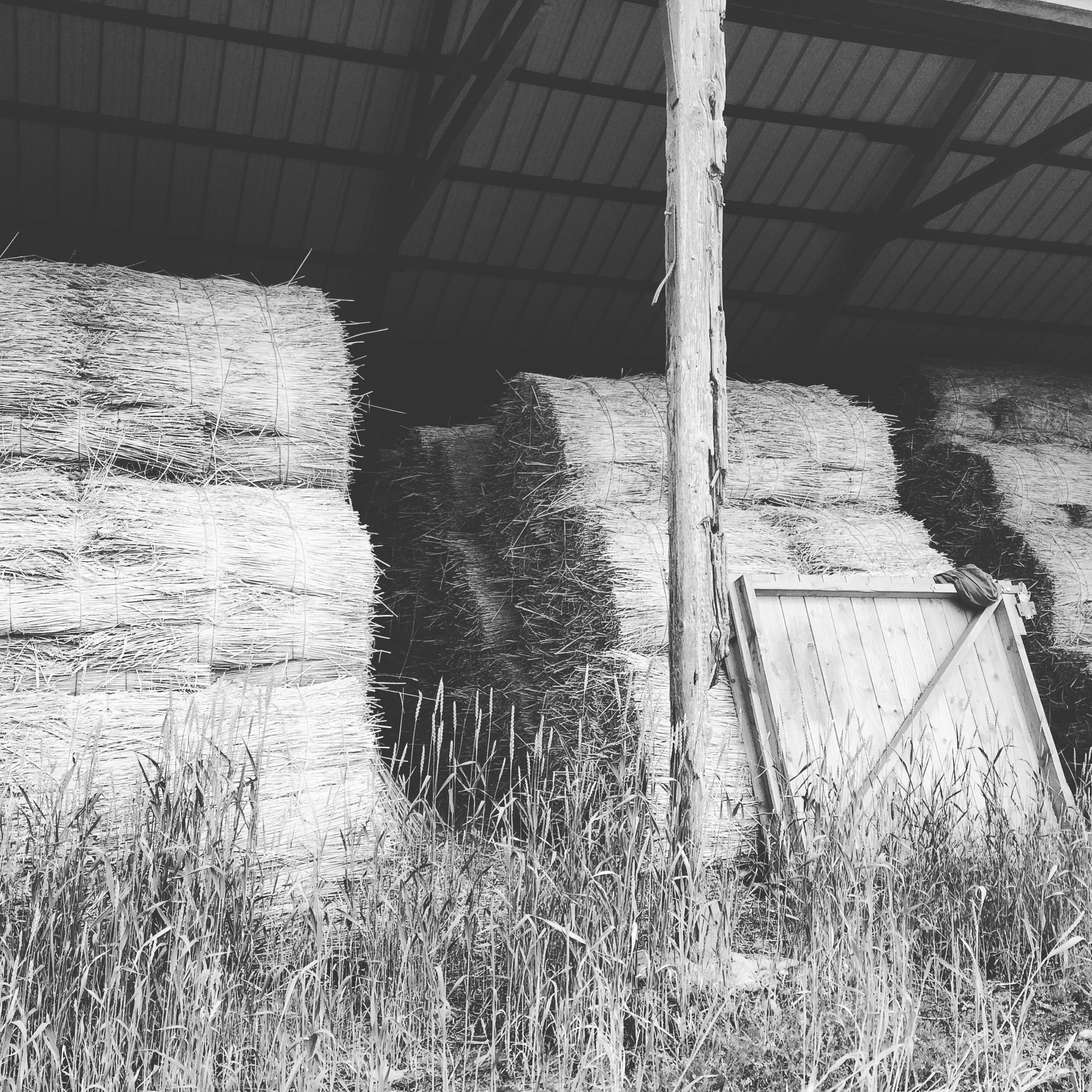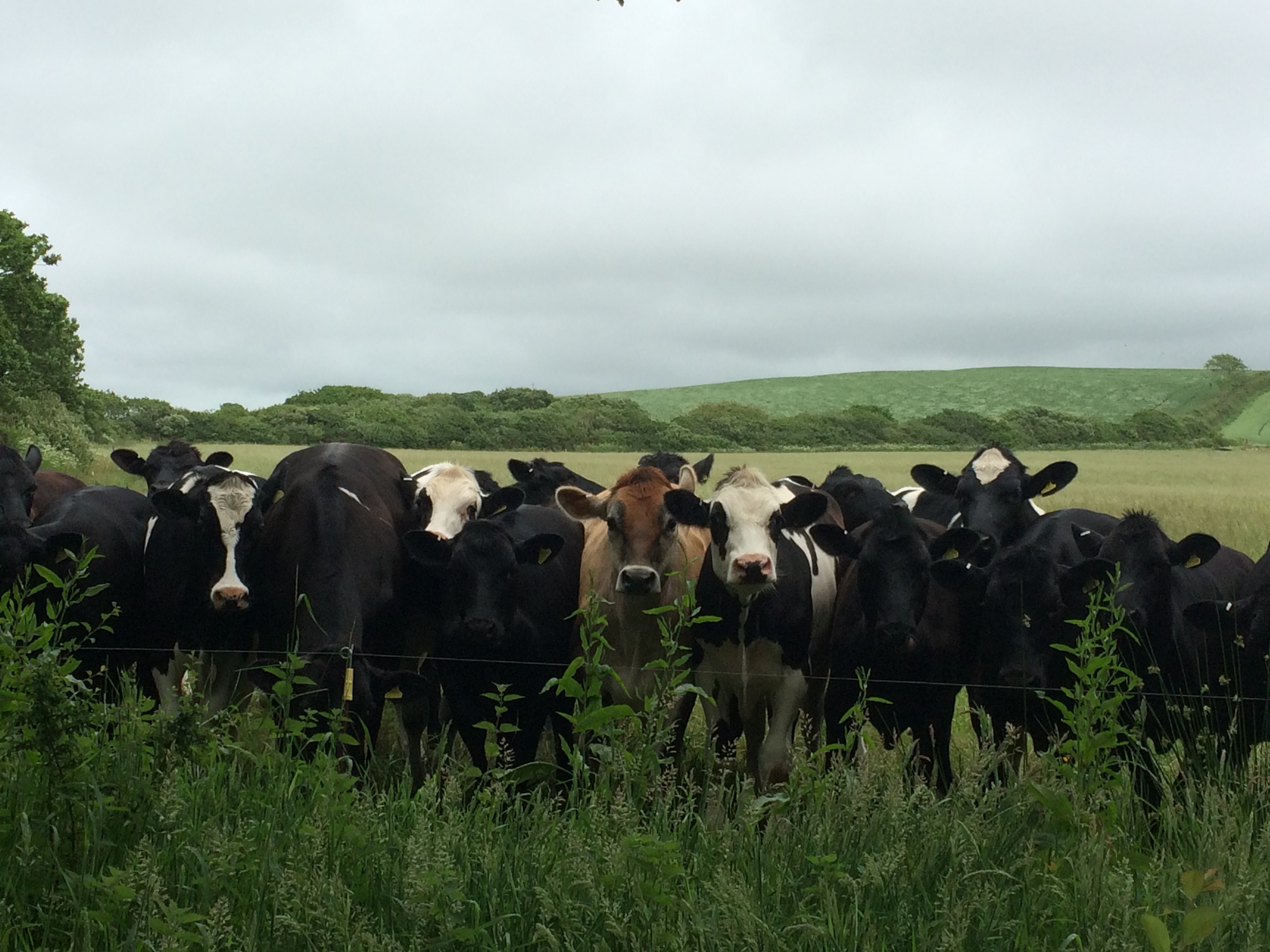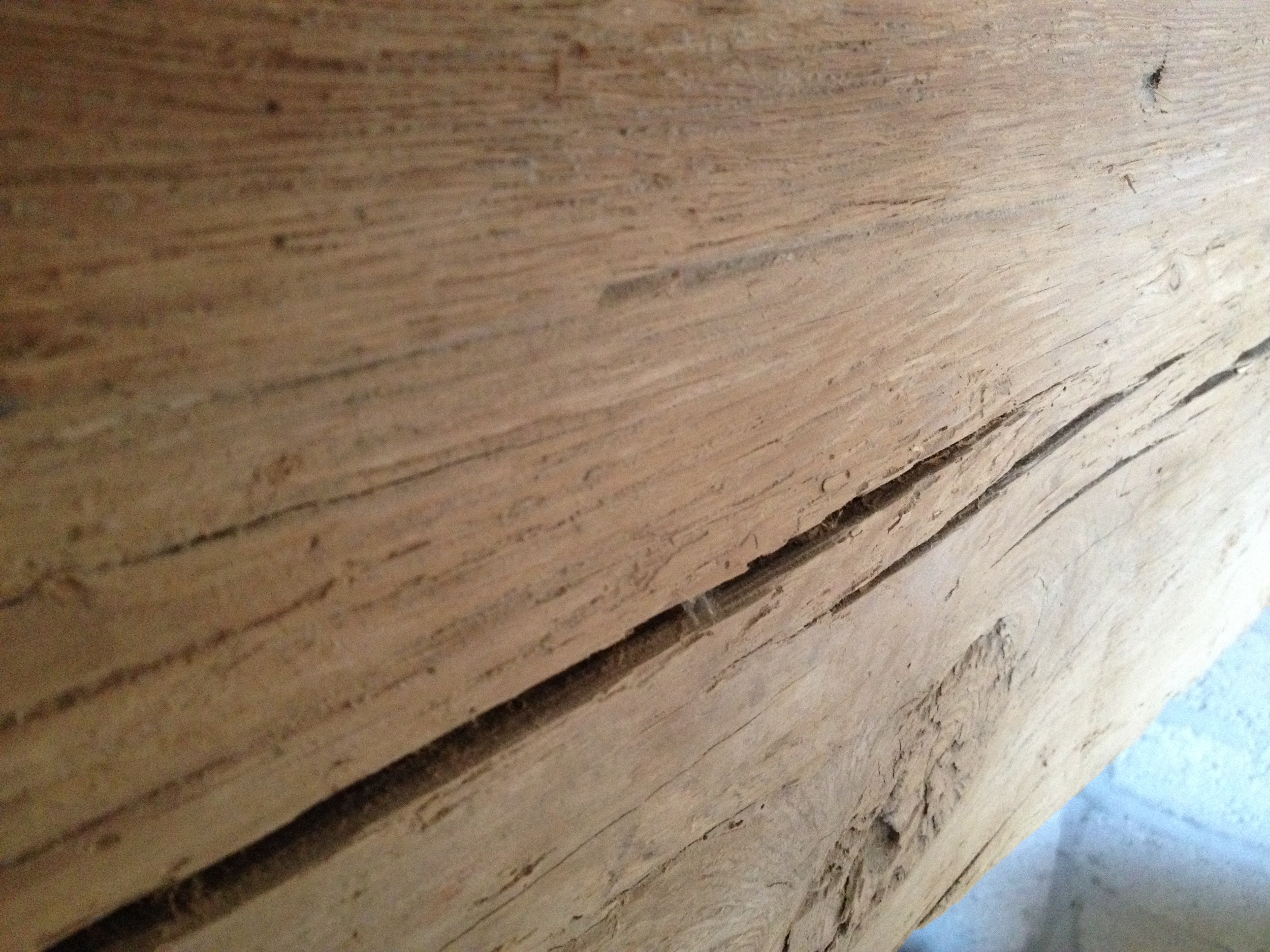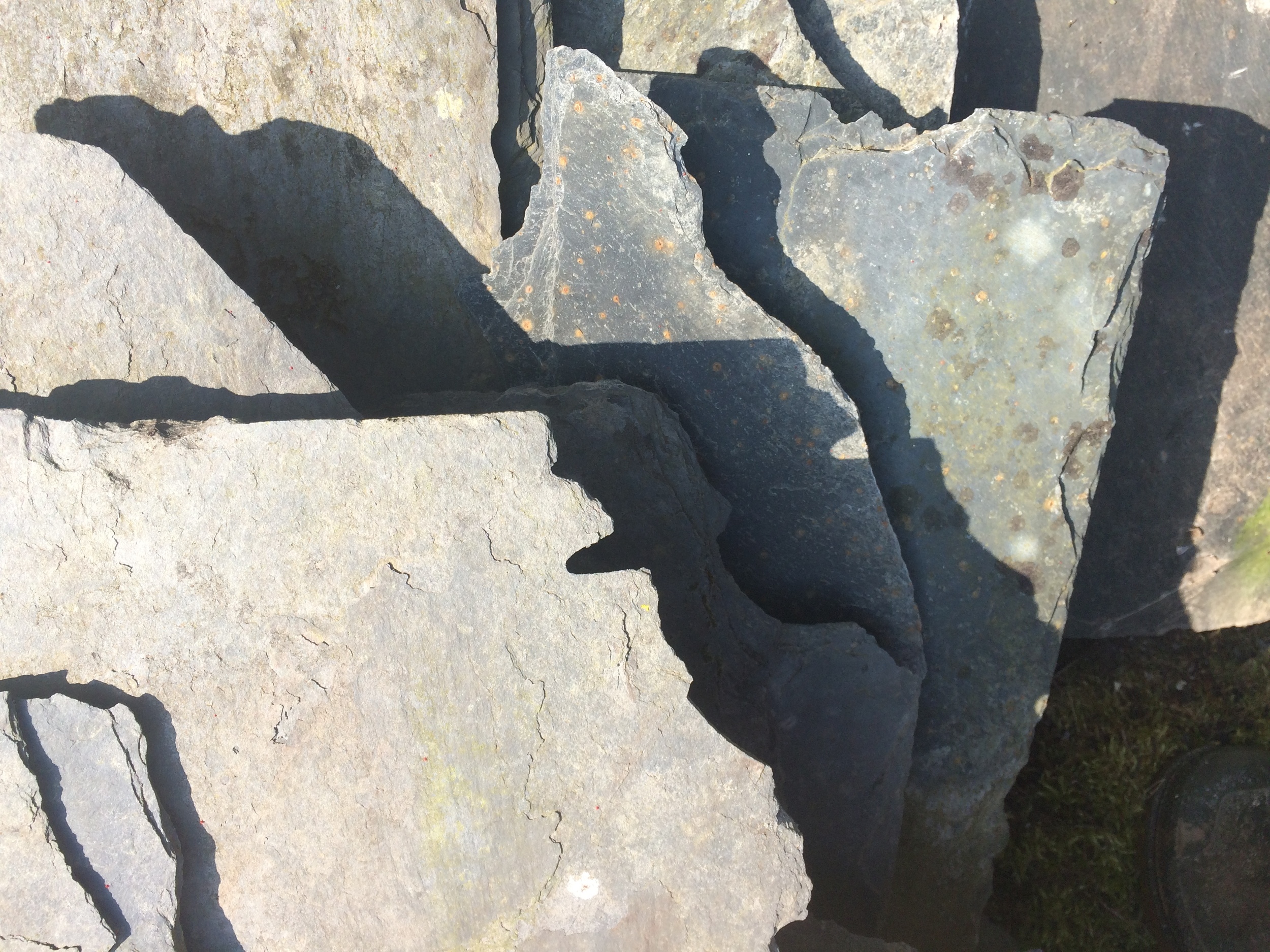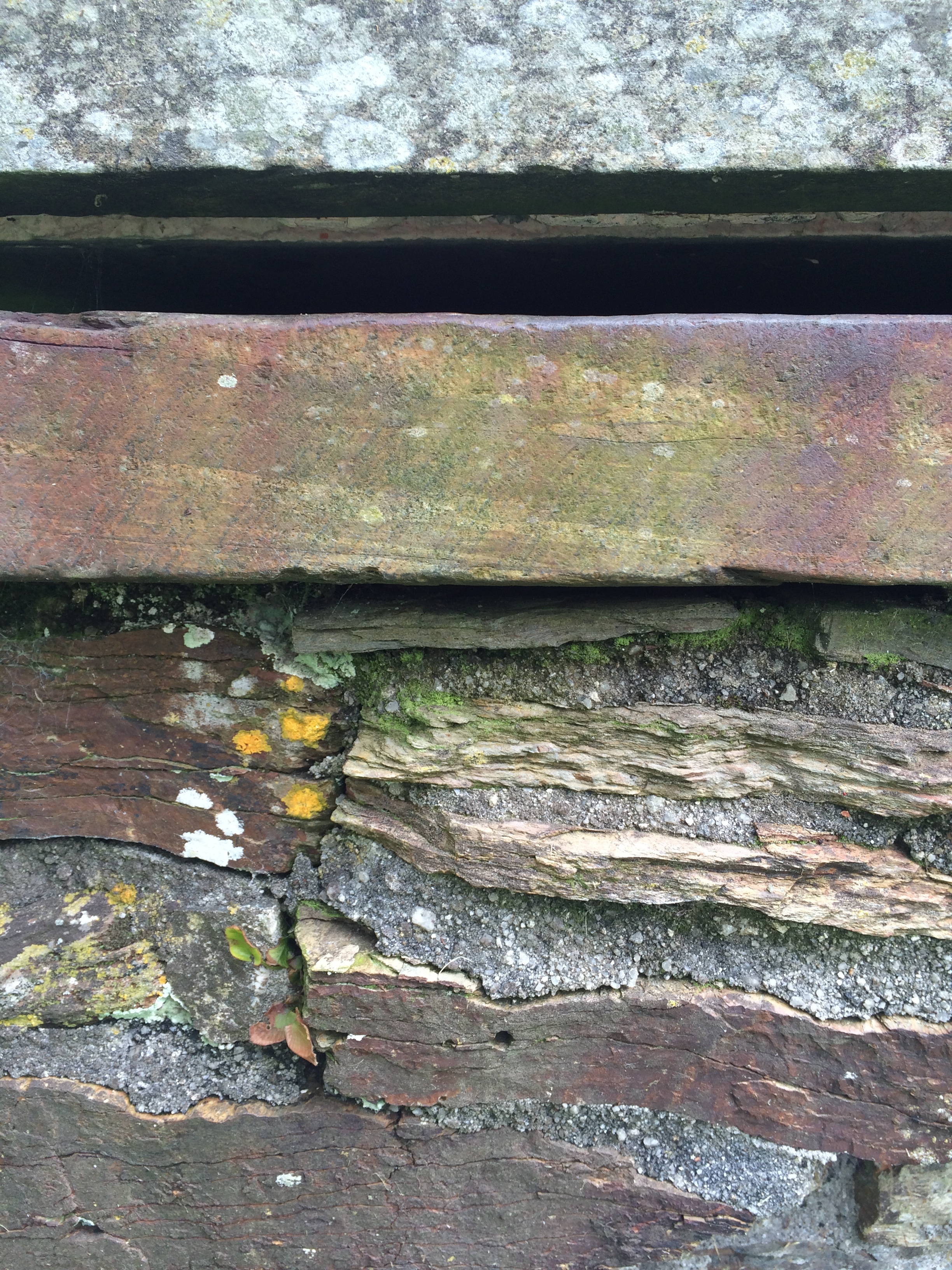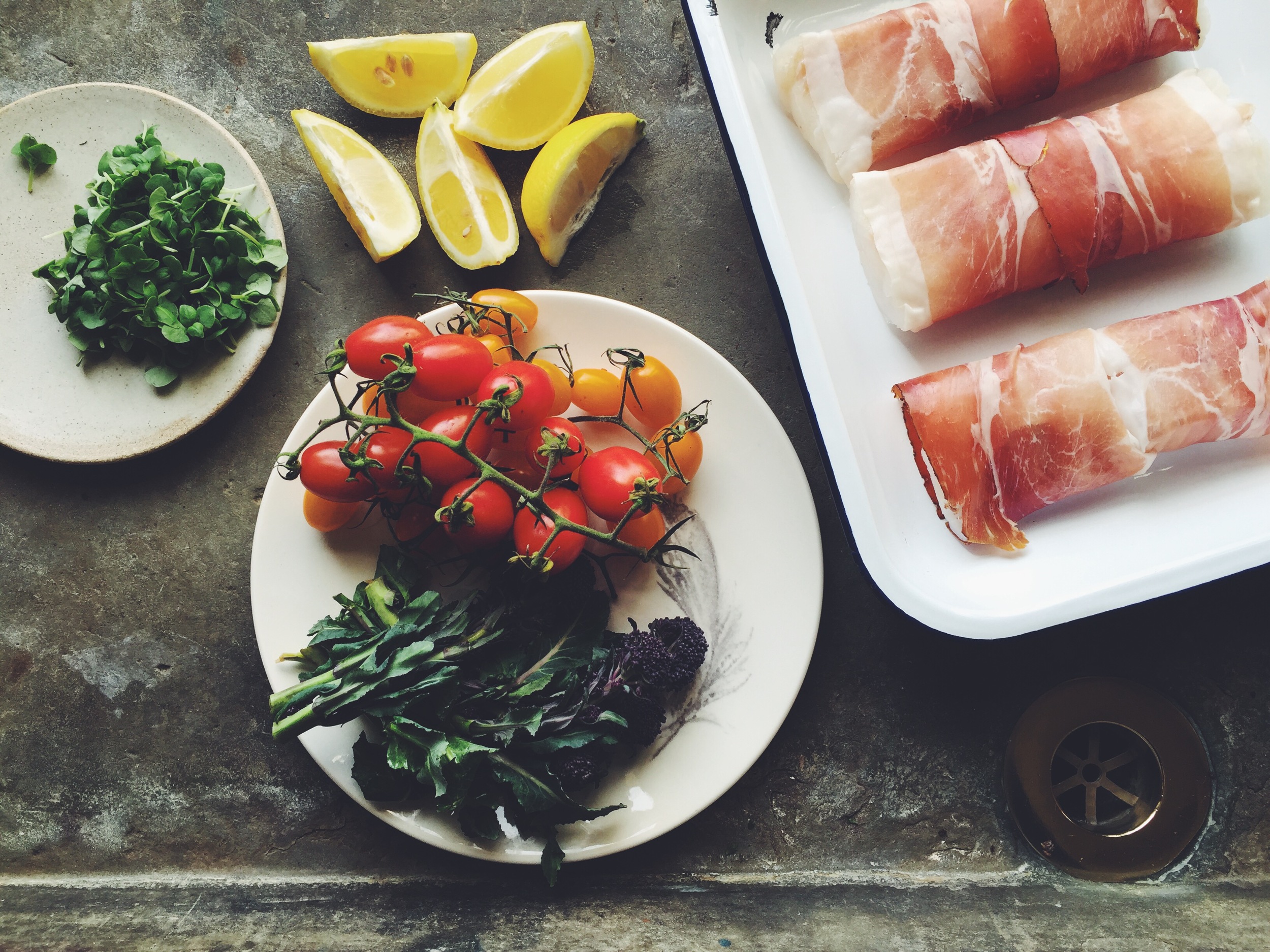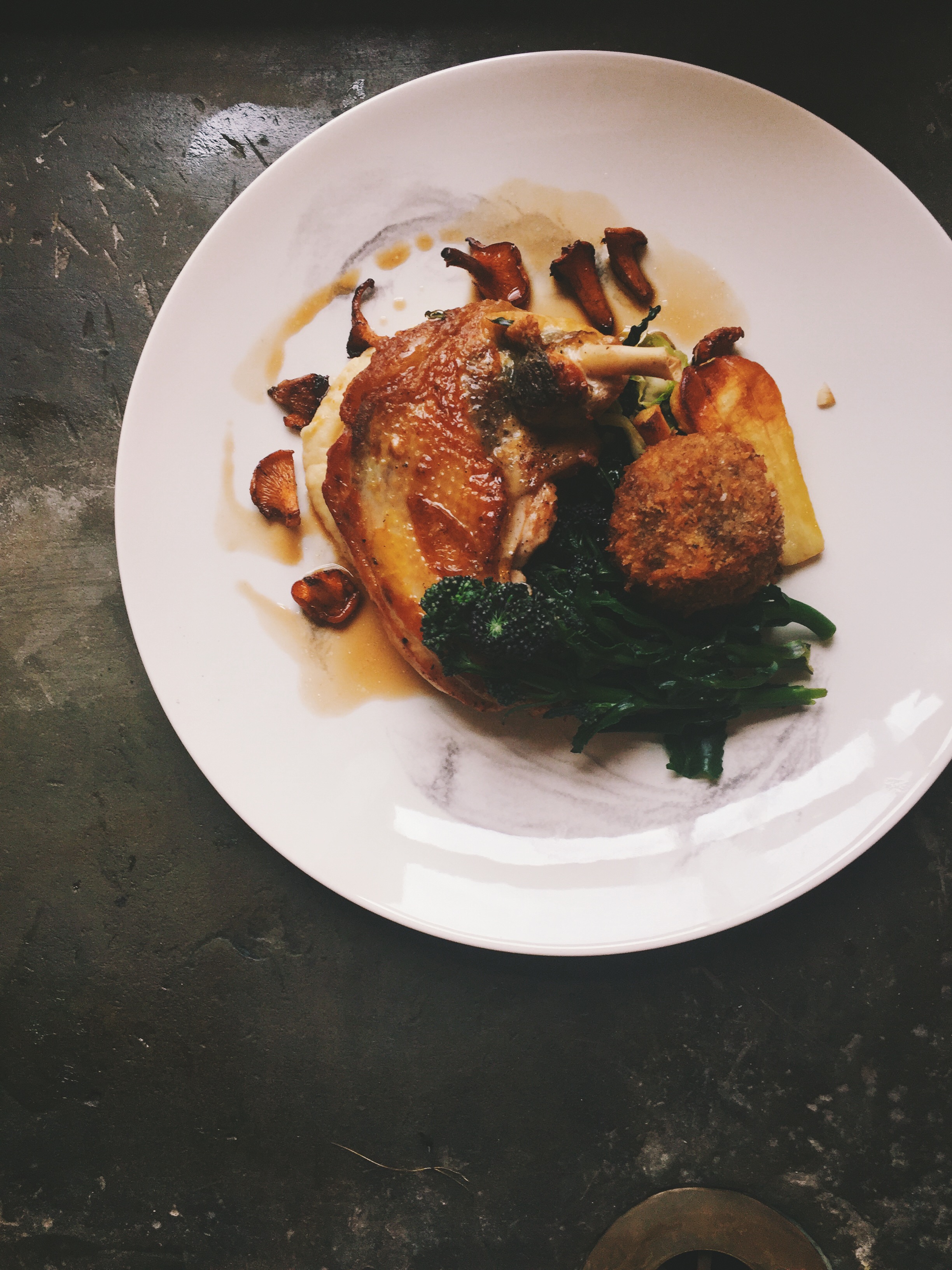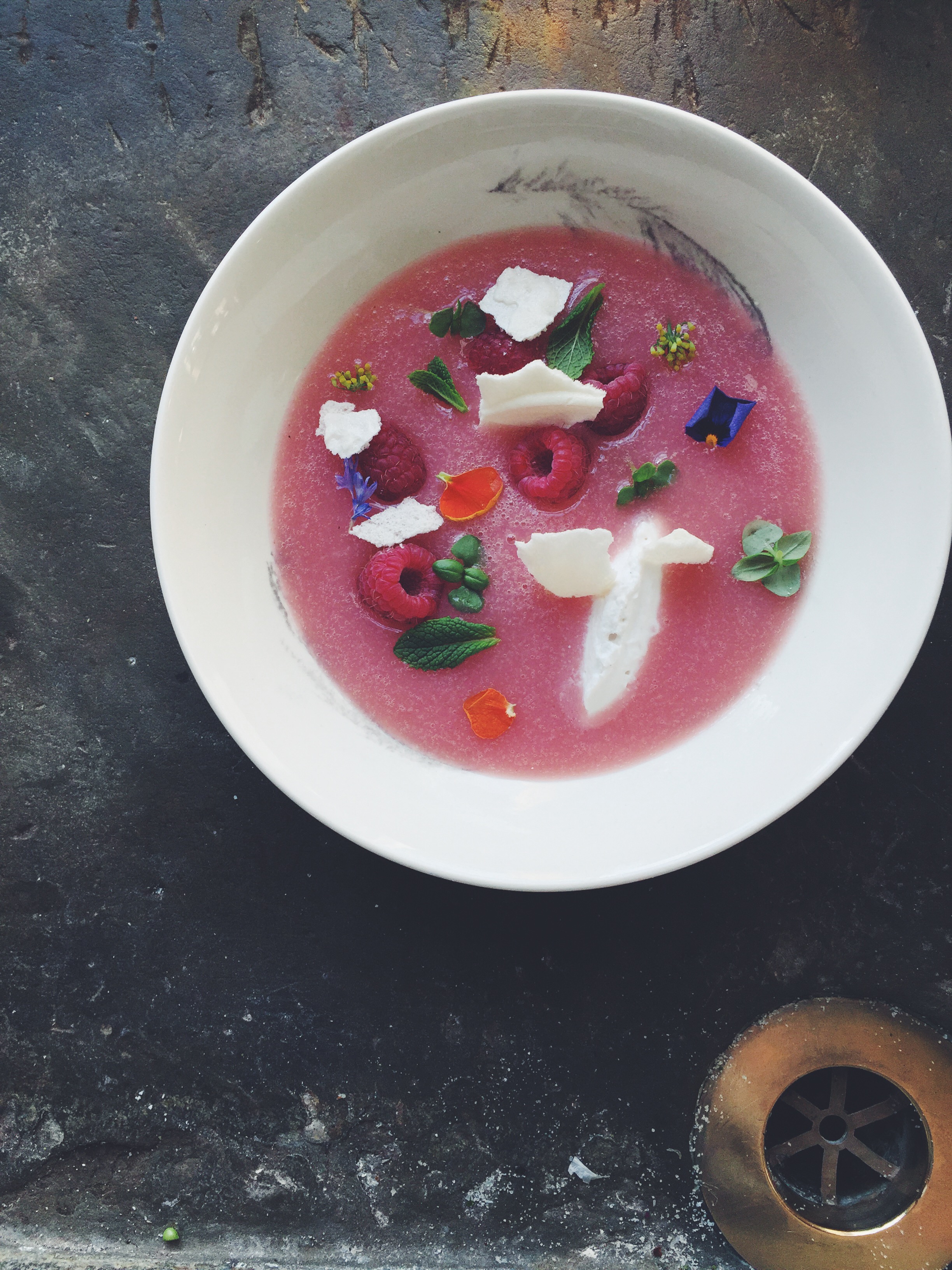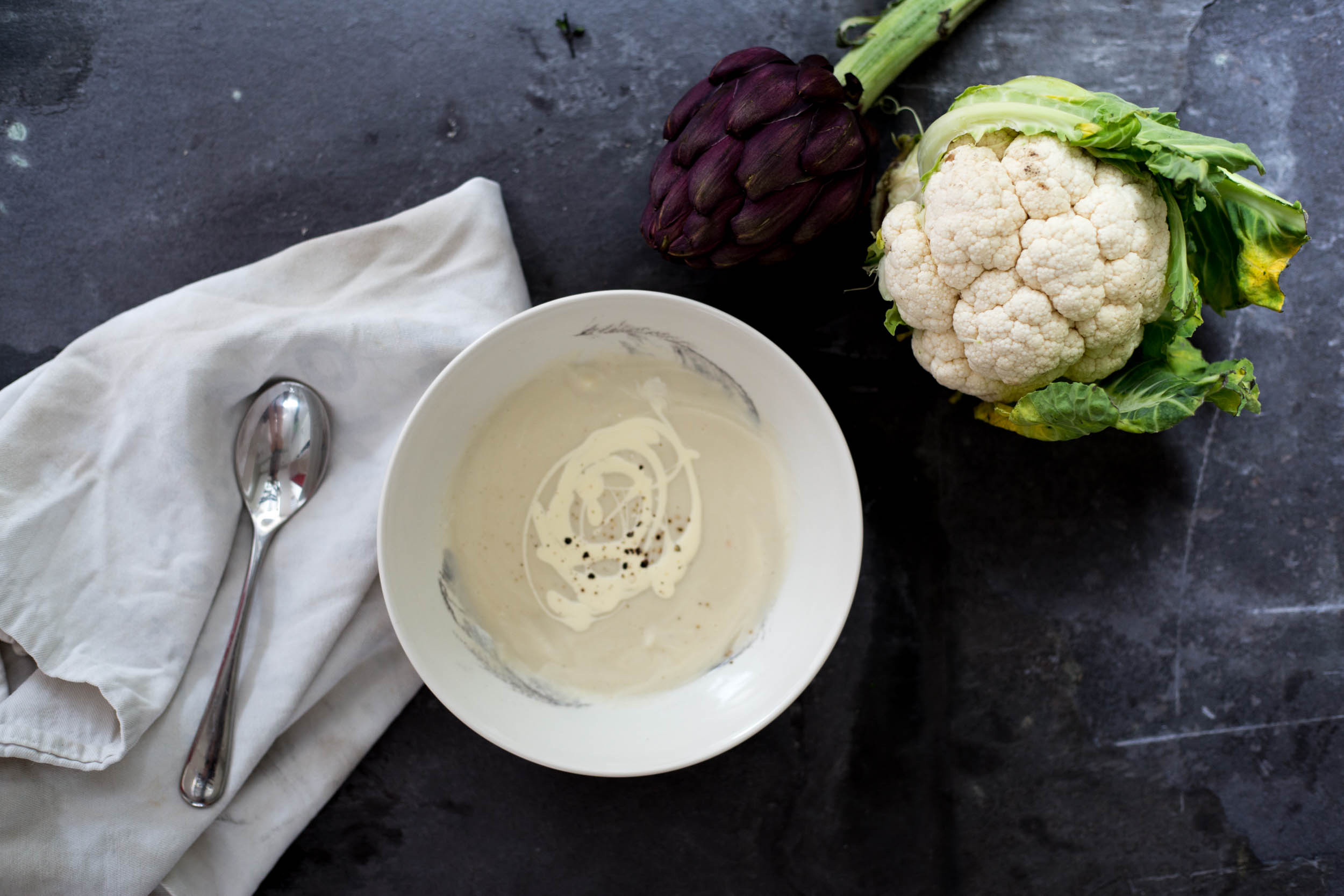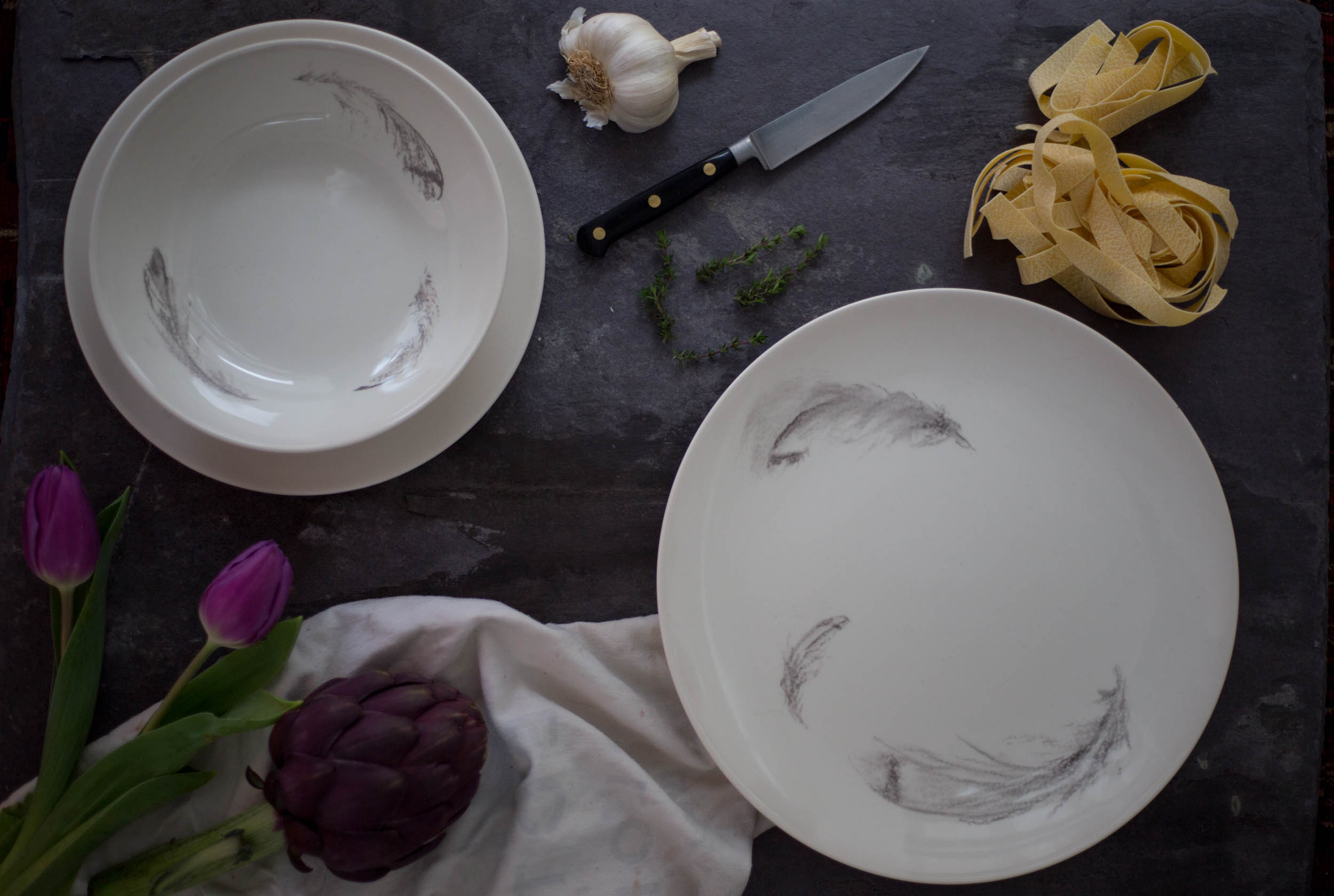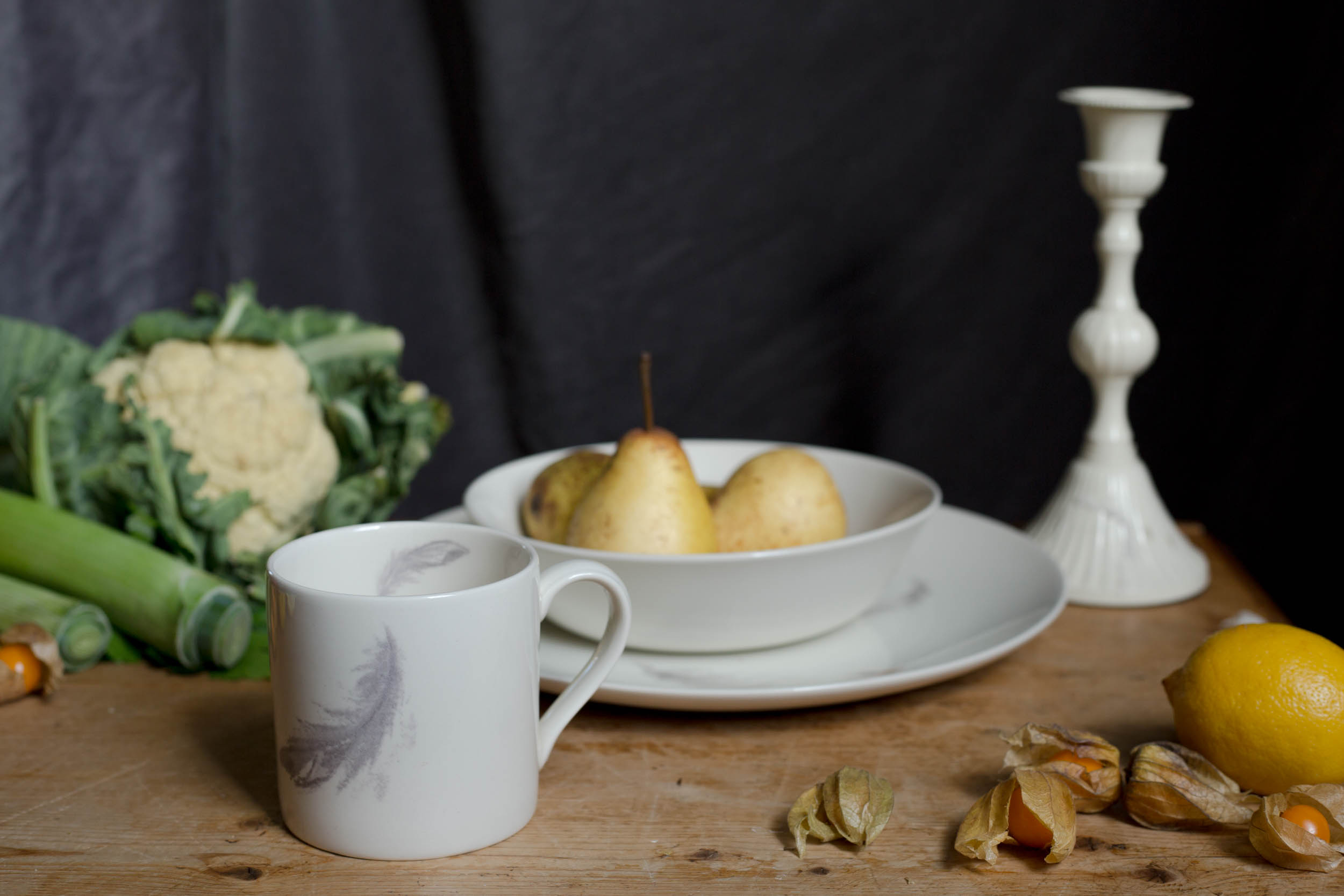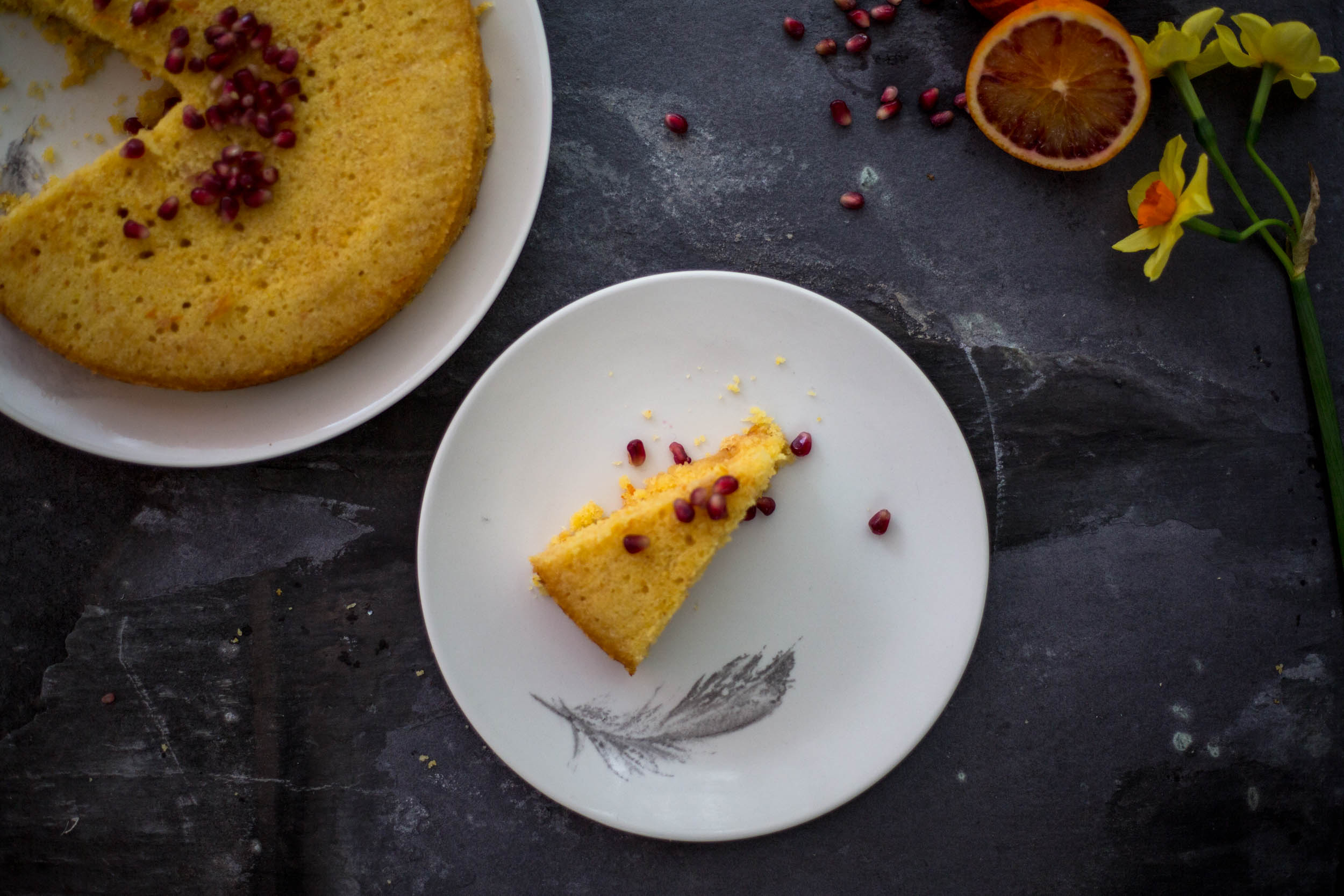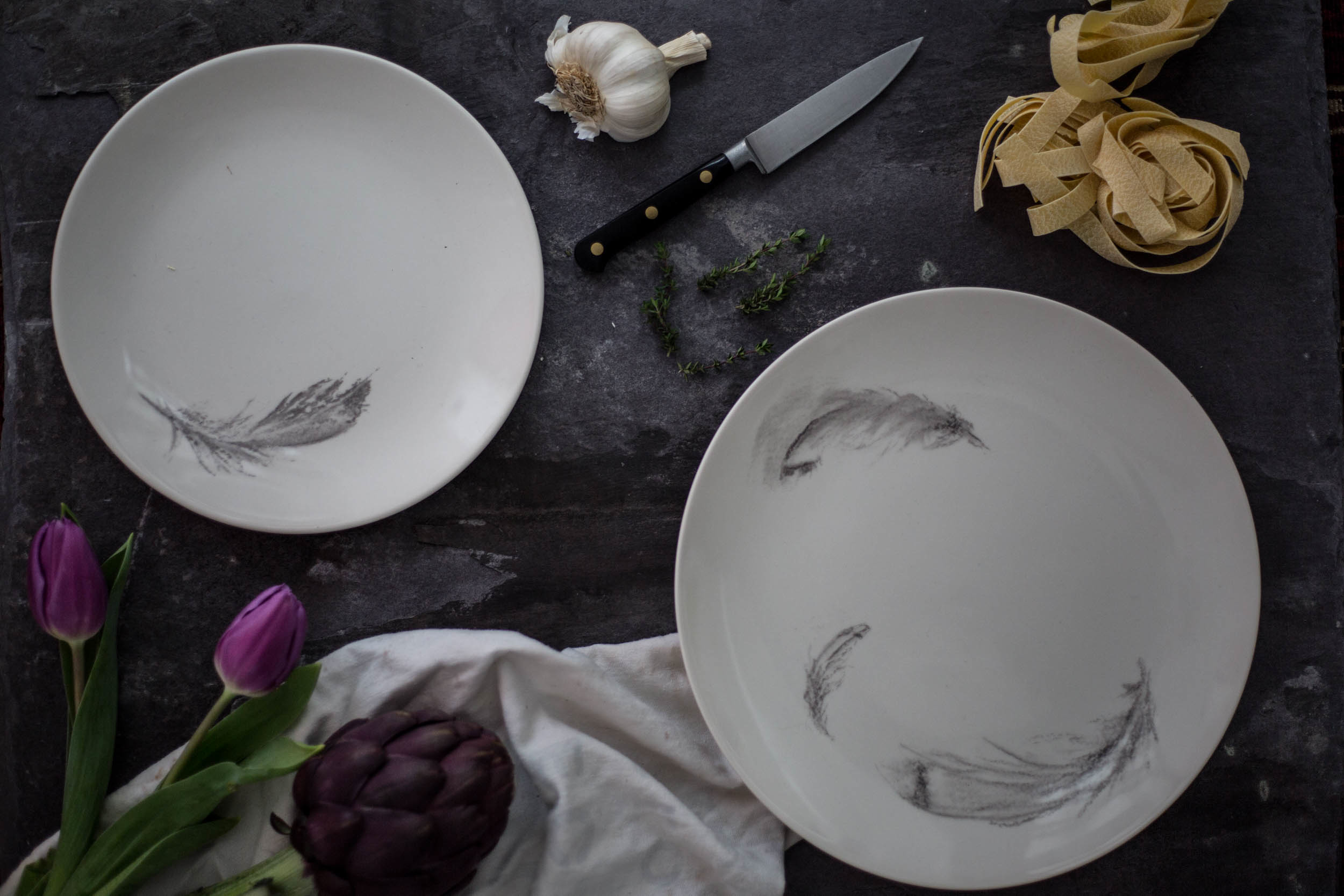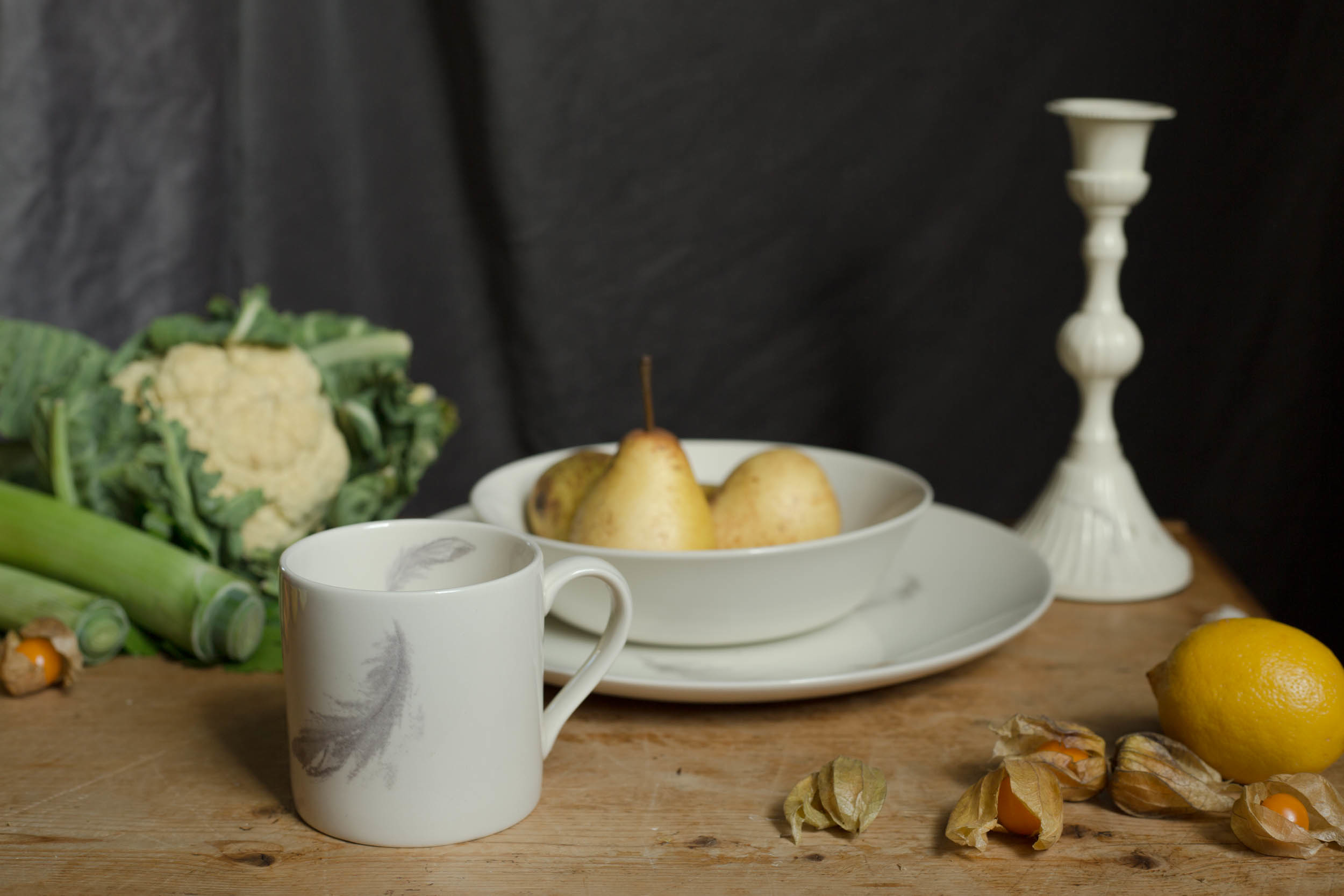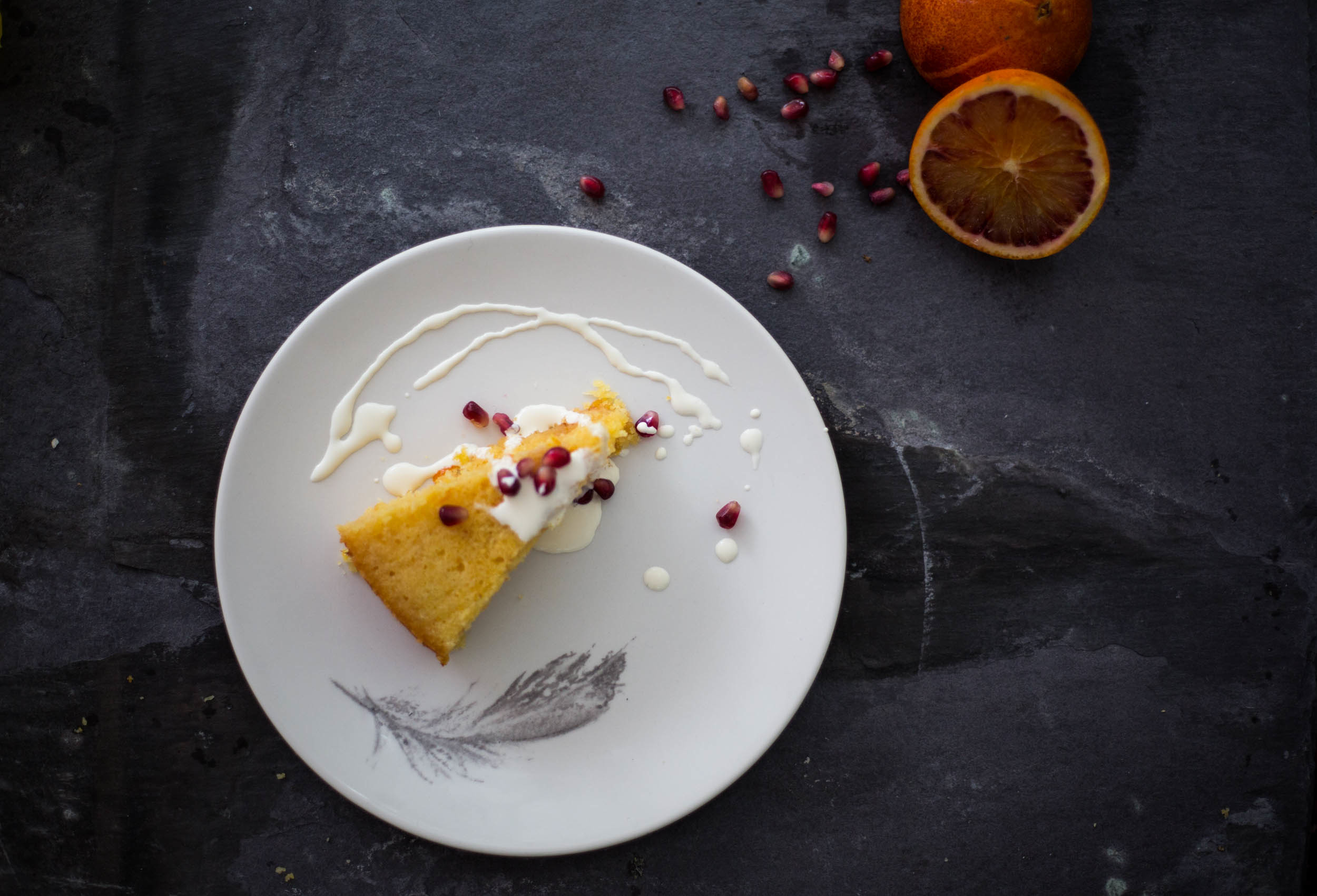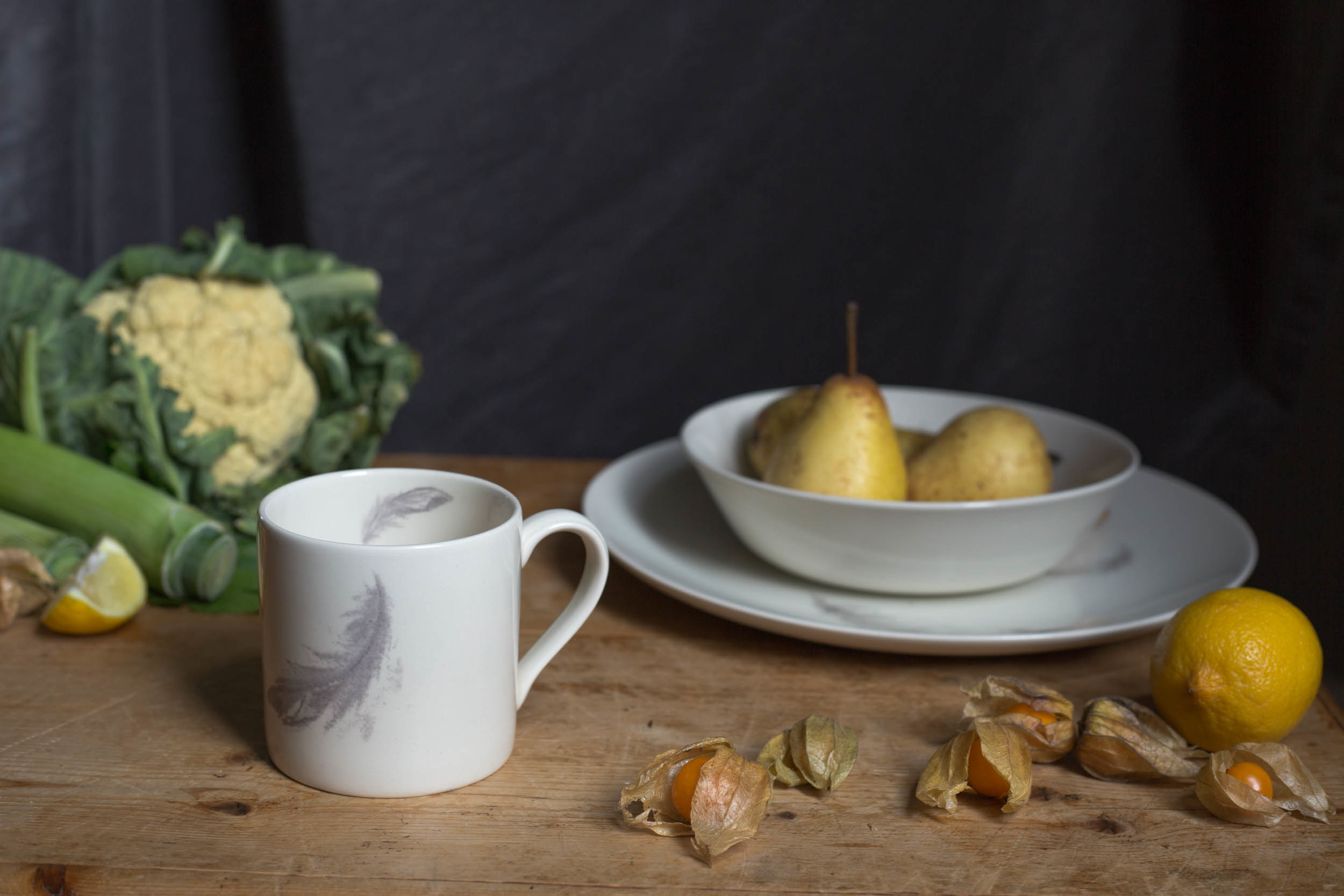This hidden Cornish hinterland is defined by the nuanced textures of rock peeping through lush vegetation – the green foliage, the golden ripening fields, the iridescent blues and pinks of hydrangeas and the riotous hedgerows.
Tremayne is a historic farm. Whilst the working farm has graduated to more pristine buildings, the original footprint remains and is being carefully restored. I originally came onto the project in 2015 to help with the renovation of a derelict barn, then the farmhouse. The process started with taking stock of where we stood in the landscape : local architecture, ecology, the characteristics of the well-worn materials into which expert craftsmen would breathe new life.
Jitilypuru Jukurrpa, by Sylvaria Napurrurla Walker, available for purchase on Bay Gallery Home.
The Dream before the Art
As an artist, Sylvaria Napurrurla Walker stands on the shoulders of a renowned family of Utopian painters.
This painting depicts the Red Malee, a Dreaming she inherited from her grandmother Topsy Pwerle Jones, who with her aunt Joycelyn Petyarre Jones influenced Sylvaria's evocative feathery compositional style.
The Jitilypuru, or Red Malee flower is a species of Eucalyptus species (Eucalyptus rhodantha) found in the desert, traditionally used by the Indigenous Australian people as a sweetener. It has few, yet long-lived flowers - lasting 20-30 days, and daily producing large amount of nectar. Flowering occurs between March and November, peaking in the winter months of June to August.
Sylvia’s colour and scale dynamics here beautifully convey delight in this vibrant, fragrant flower amid its arid landscape. Through its image, the artist expresses her and her community's connection with Country and its bright, sweet gifts.
Photo credit: www.malleenativeplants.com.au
Dreamtime is the English translation of the word Jukurrpa, with a meaning encompassing the creation myths and transmitted memories of the Indigenous Australian people, an immemorial expressive tradition. Jukurrpa is so intrinsically connected with this 40,000 year old community's history and wisdom that the most accurate way of translating it has been to allude to our sense of the formative intangible experience, memory, the divine, the imagination, the dream that inspires creation.
"Our Art is born from the dreams of each artist and the intense colours we see in our land... Through dreams, we can enter the other – parallel – world, in which since creation, gods, spirits and men have lived together." **
Every artist has a Dreaming, which they will interpret throughout their life, enjoying their connection to their dream and the keys they hold to community life.
** Quoted from the excellent documentary The Men of the Fifth World:
The regular irregularities of Indigenous Australian Art
Our involvement with Bay Gallery Home has focussed on translating a niche aesthetic to wider audiences, taking cultural heritage away from 'ethnic' and back towards, quite simply, beautiful.
As a branding & design consultant, work has spanned the interiors of Bay Gallery Home's Tetbury showroom to consultation for its trade exhibits to the design of its logo, website & associated channels. It is a real source of pleasure to contribute blog & media content.
Bay Gallery Home has its roots in representing the Indigenous Australian artists of the Northern Territories, and has drawn upon the expertise of the British manufacturing industry to produce a pioneering Interiors collection My Country. Its range of tiles, wallpapers & rugs and a bespoke made to order service) is a true embodiment of Art in the everyday.
It is an enterprise that is expanding the global awareness of this ancient culture, whilst providing additional revenue streams to its communities.
My Country references the Indigenous philosophy and creative process, whereby all of creation is in relationship, at one with the land. Its particular provenance and symbols – mapping myths, rituals and sacred topography – results in a compelling, versatile aesthetic with a most subtle compositional depth of field, imbuing spaces with wider horizons of the imagination.
Its sophisticated visual language is composed of layers of regular irregularities of colour, geometry, repetition and scale dynamics. These abstractions and their visual coherence are perfect foils for modern minimalist forms as well as the more eclectic schemes.
It is an aesthetic we have sought to showcase throughout.
OUR NEW LOGO FOR BAY GALLERY HOME
PLUMES - DESIGNING FOR 1882 LTD
Collaborating with 1882 Ltd provided a wonderful opportunity to re-iterate and apply aesthetic principles of space, light and decorative design to a collection of everyday objects. We translated my designs into a new scale and medium, in this instance fine earthenware expertly fashioned by five generations’ worth of Stoke-on-Trent skill.
PLUMES is a tableware collection in which each piece stands on its own, and collectively charts the flight of a feather.
The design operates on a number of levels : there is the pleasant weight of cream glazed earthenware, the clean lines and generous scope of each vessel, and charcoal-drawn decorative motifs that journey across the pieces.
Observing the play of light and shade to intimate motion, to suggest the wind that carries the feather across the individual pieces of crockery.
In inspiration as in practice, this was a study of motifs in space, decoration in volume, born of a curiosity for the level of detail that exists in larger contexts.
Study on shadows : the west country
PLUMES - the story
The rhythms and sights of a rural life in West Somerset, England : the nooks and crannies of hills and vales leading to the open landscape of the sea and the moors. The different types of winds, and the intricacy of nature's detail amid so much spaciousness.
Feathers are astonishing feats of engineering and operate a universal attraction – their soft weightless complexity lends itself to wonder, so much humble detail. I spent hours studying the cover feathers of a pheasant's wing – those carefully designed under-feathers usually unseen, because we only notice their combined effect in the proud plumage of a most flashy bird.
PLUMES - everyday beauty
Tableware is part of our everyday: mugs, plates, bowls are the vessels of our daily rituals, facilitating moments of comfort and of sharing, often the first items to be given and purchased when home-making. Pottery has been in our hearths and kitchens for millennia. For PLUMES we chose the humble earthenware – one of the earliest forms of pottery – and refined it into creamware.
Part of the creative challenge of this collection was the desire to combine pattern and form in a distinct but discreet way. To present beautiful, lovingly made crockery to enjoy in the mundane routines and in times of feasting and celebration.
The following posts will feature the talent and recipes of various chefs, cooks and food stylists who took inspiration from this collection...
@hillfoodco on PLUMES for 1882 Ltd.
This is the splendidly creative food of Georgia of the Hill Food Company, with a few words to accompany her visual feasts.
1. Georgia, how did you start off on your @hillfoodco journey, and what are you doing now?
I have cooked all my life, but I'm especially passionate about farm to plate eating. I am never happier than when I'm cooking something I have grown, nurtured and picked myself. This is how I first really fell in love with cooking, barefoot in the soil, eating as I went. I also really believe in the entire experience of eating: for me the food is only as good as the ingredients you put into it, so a beautiful table with beautiful china, linens and flowers is as integral to the meal as the food itself.
2. In what context do you work, and could you explain a little your relationship with what you create and how you photograph it?
I work a lot as a private chef in beautiful homes all over England. All of the food I photograph is about to be eaten, so the food is genuine and the photos are often rather hastily taken. I've always found that food created and styled for photoshoots alone never have the same impact.
I always use natural light, which can mean balancing dishes on window sills and climbing on tables for a quick snap before the food is served. I've never been one for recipes, and although I typically create a dish in my head beforehand and can picture how and on what dishes it will sit, I often change my mind at the very last minute and turn it into something quite different! As I finish a weekend of private cooking and flick back through shots, I often find my favourites are the ones of raw ingredients – before I have had a chance to cook them. I don't know what that says about myself, that I could stare at a photograph of a pile of asparagus sitting on a plate for hours and find it totally mesmerising!
3. How did you find working with PLUMES?
I don't usually use dishes with markings on them... yet PLUMES provided a challenge that I actually really enjoyed. There is a photo of some girolles sitting in the bowl on the sink – it catches the light beautifully, and the feather imprint is so subtle I find it super effective!
The Hill Food Company like to do things a little bit differently. Based in Notting Hill, West London but travelling all over the UK and abroad, they cook food that is exciting, beautiful and tastes as good as it looks. They run a small setup with big ideas and a commitment to eclectic menus: so every event they do is beautifully different.
.
PLUMES, by Abby Joy for 1882 Ltd, styled & photographed by @thegrazingtable
@thegrazingtable on PLUMES
@thegrazingtable is an international creative food stylist & photographer, who beautifully translated the aesthetics of the Dutch masters for this shoot of PLUMES. Here is a little more on her story and process :
Abby Joy: How did you start off on your @thegrazingtable/ stylist-photographer journey, and what are you doing now that is of particular/ new interest to you?
Food styling and photography has become an outlet for me as I reach a stage in my life where I am learning to embrace the creative life that I had previously refused to pursue, because of irrational fears. 6 years prior, I began the journey of studio/ product photography, but thought I would never make a living out of it – so why bother. Over the years I have worked out that climbing the work ladder isn't my thing, I'd rather embrace a life of creativity and risk taking and see what I can do. Now I'm exploring the combination of still life photography, mixed in with recipe building and creative writing that reflects a well travelled life. It's balancing all three that makes 'The Grazing Table' a selection of different stories, seasons and moments that compliment each individual aspect.
2. In what context/ contexts do you style-photograph , and are there any words or thoughts you associate with your relationship with what you create and how you photograph it ?
When I set up my photography shoot, capturing my subject in the most natural light and setting is the primary goal . Colour and texture play an important role, and I usually select props that have a significant value to me. The only word I could use to describe my work is 'serene', reflecting a relaxed, informal setting that makes the eye feel at ease with how the surroundings are expressed. However when it comes to food styling, everything is deliberately placed in a certain position, angle and light, it is an art to present the work as natural yet intentional.
3. When working with PLUMES, did anything stand out to you intially/ as you played around with them .
Styling with PLUMES, I quickly learned how each individual item needed a unique placement to reflect the story that is being told through the light weight feathers. There was already a story behind each item, so it was about orchestrating food produce to match and compliment the story. Abby has carefully crafted each individual design to be of practical value, which we all appreciate, but it is also a design that expresses delight in and a value for the landscape of South West England. With that in mind it was a honour to work carefully with PLUMES, not needing to add extra value but rather respecting that which had already been captured.
PLUMES, by Abby Joy for 1882 Ltd
PLUMES originated in the rhythms and sights of a rural life in West Somerset, England.
Tableware is part of our everyday: mugs, plates, bowls are the vessels of our daily rituals, facilitating moments of comfort and of sharing, often the first items to be given and purchased when home-making. Pottery has been in our hearths and kitchens for millennia, so we chose the humble earthenware – one of the earliest forms of pottery – and refined it into creamware.
The commission arose from sketches I had been developing for an architectural project exploring the creative tension between exteriors and interiors, motion and stability, as metaphor for our journey through time. Feathers are both crazily clever feats of engineering, and highly emotionally evocative of home, travel and the beautiful elegance of nature’s forms.
Collaborating with 1882 Ltd provided a wonderful opportunity to re-iterate and apply aesthetic principles of space, light and decorative design to a collection of everyday objects. We translated the narrative into a new scale and medium, in this instance fine earthenware expertly fashioned by five generations’ worth of Stoke-on-Trent skill.
Part of the creative challenge of this collection was the desire to combine pattern and form in a distinct but discreet way. To present beautiful, lovingly made crockery to enjoy in the mundane routines and in times of feasts and celebrations
